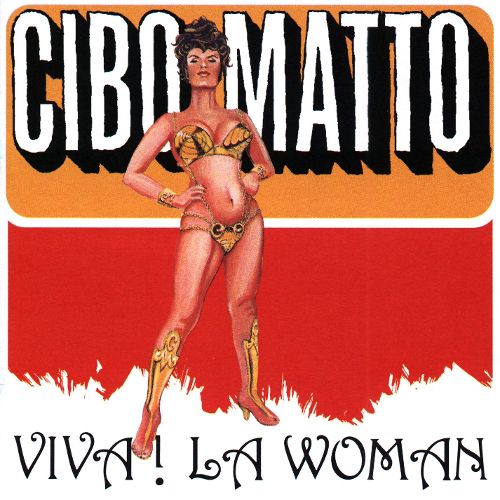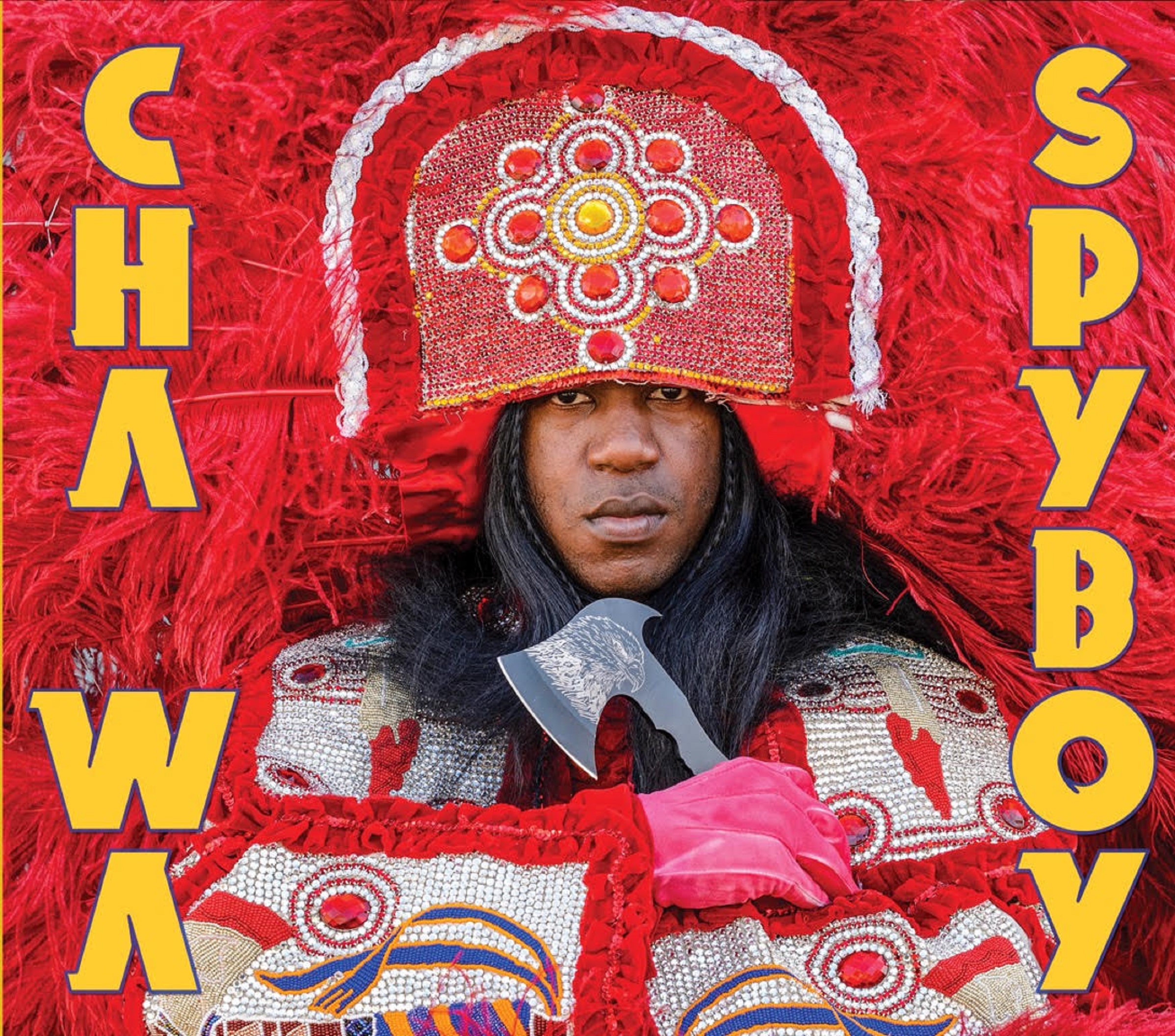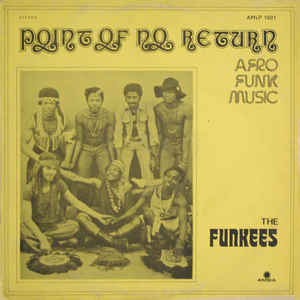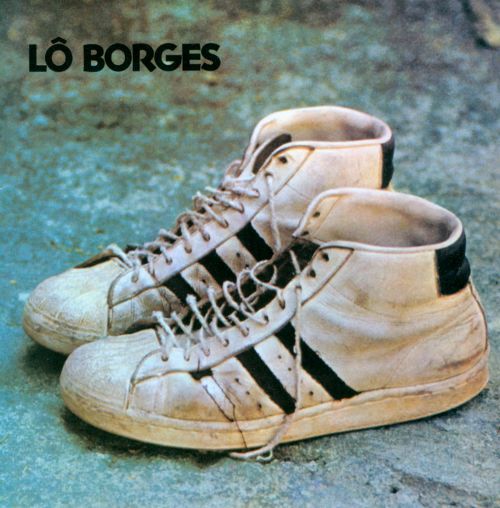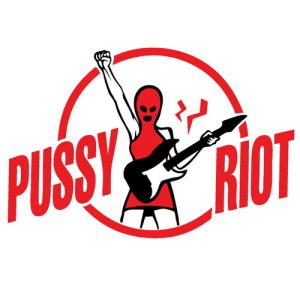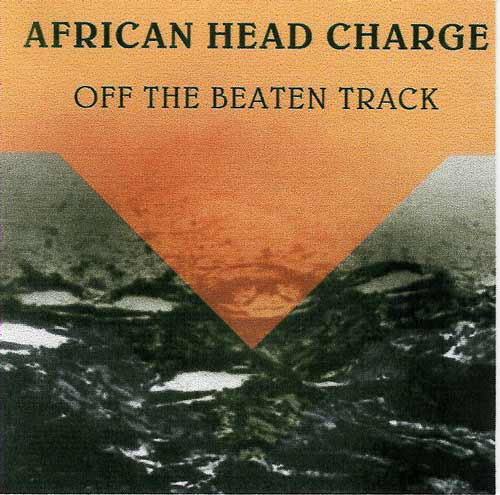Episode 21
Episode 21 was originally posted on October 29, 2018.
Tracklisting:
01) “Apple” by Cibo Matto.
From the 1996 album Viva! La Woman.
New York City, NY, U.S.A.
Cibo Matto (Italian for "crazy food"), was a band formed by Yuka Honda and Miho Hatori in New York City in 1994. Initially, the lyrics were primarily about food, though they later enlarged their template to other topics. The band grew to later feature Sean Lennon, Timo Ellis, and Duma Love for their second album.
02) “Musicawi Silt” by Hailu Mergia and The Walias.
From the 1997 album Tche Belew.
Addis Ababa, Ethiopia.
Hailu Mergia was a famed accordionist, pianist, organist and bandleader. This is widely recognized as a classic and fetches thousands of dollars for original pressings. This track was later covered by The Daktaris.
Dozens of cherished recordings were made during the legendary “golden age” of Ethiopian music, an era stretching from the early 1960’s through the mid-1970’s. Less-discussed are the songs made in the aftermath of the 1974 revolution that toppled Emperor Hailu Selassie I. The acclaimed and highly sought-after LP by Hailu Mergia and the Walias, Tche Belew, an album of instrumentals released in 1977, is perhaps the most seminal of these recordings. The story of the Walias band is a critical chapter in Ethiopian popular music, taking place during a period of music industry flux and political complexity in the country.
03) “Rumba Theme” by Julio Gutiérrez.
From the 1986 release Cuban Jam Session (2).
Manzanillo, Cuba.
Julio Gutiérrez was a Cuban music director, pianist, composer and arranger. He was one of the main figures in the music scene of Havana in the 1940s and 1950s, and a pioneer of the Cuban jam session (“descarga”). Havana musicians would often gather after-hours for jam sessions which were often recorded. Many of these sessions have been collected and reissued. NPR says: “The Complete Cuban Jam Sessions were recorded at various locations around Havana from 1956 to 1964 for the historic Cuban label Panart Records.”
Read/Listen to NPR’s profile of the recently reissued sessions.
Purchase the Complete Cuban Jam Sessions at Amazon.
04) “Chapters” by Cha Wa.
From the 2018 release Spyboy.
New Orleans, LA, U.S.A.
Cha Wa continues the proud tradition of Mardi Gras Indian funk. From the band’s website:
From the funk-laced beats and bass-heavy sousaphone blasts that kick off their album “Spyboy” to the gritty warmth of singer J’Wan Boudreaux’s voice, New Orleans brass band-meets-Mardi Gras Indian outfit Cha Wa radiates the fiery energy of the best features of the city’s street culture. “Spyboy” was produced by Galactic’s Ben Ellman and features special guests Big Chief Monk Boudreaux (The Wild Magnolias, HBO’s Treme), Nigel Hall (Lettuce, Nth Power), and Danica Hart.
05) “Abraka” by the Funkees.
From the 1974 release Point Of No Return.
Nigeria.
The Funkees were an outstanding Nigerian (though they located to London in 1973) Afro-rock/funk group. The Wikipedias tell us that: “They specialized in a brand of funky, upbeat, highly danceable afro-rock that often featured lyrics sung in Igbo, as well as English.”
06) “Fio da Navalha” by Lô Borges.
From the 1972 self-titled release Lô Borges.
Minas Gerais, Brazil.
Lô Borges is a Brazilian songwriter, singer and guitarist. Allmusic says of this release: “The recording is texturally lush and dreamy, at times urgent and bizarre, and filled with the fantastic and intricate guitar playing one would expect.”
Purchase Lô Borges’ music at Amazon.
07) “Mesmerized” by Moontribe.
From the 2018 self-titled release Moontribe.
Tel Aviv, Israel.
According to the group’s label, the Tel Aviv-based Fortuna Records, the album was submitted on an unmarked two-inch tape—no names, no dates—and one of the songs is “a snake-charming voodoo ritual, in which Moontribe is the Shaman.” All that is known for sure is that the whole album was recorded in a single, unedited session by about a dozen musicians.
The album’s Bandcamp page says:
A deep-space journey between tribal percussion, hypnotizing organs and long echo ripples, all joining in for a snake-charming voodoo ritual of which Moontribe is the Shaman. Expect African drums, hints of cumbia, and distant galaxy exploration in unmeasured doses. An absolute must-have For fans of Sun Ra, Moondog and Idris Ackamoor.
08) “Kropotkin-Vodka” by Pussy Riot.
From the 2012 album Kill the Sexist!
Moscow, Russia.
Pussy Riot is a “feminist” “protest” punk band from Moscow. Part performance art, all punk rock, the band has risked life and limb to challenge the authoritarian regime of Putin in Russia.
Read NME’s article: “Who are Pussy Riot? A guide to the Russian activist group who crashed the World Cup Final.”
Follow the group on Facebook.
Follow the group on Twitter.
Purchase books and movies about and by the group at Amazon.
09) “Down Under Again” by African Head Charge.
From the 1986 album Off The Beaten Track.
London, England.
African Head Charge is a psychedelic dub ensemble active since the early 1980s. When you hear the phrase “psychedelic dub,” you’re likely to think of Adrian Sherwood. And you’d be right in this case. African Head Charge was formed by percussionist Bonjo Iyabinghi Noah and has included a rotating cast of players, all filtered through Sherwood’s controls.
Browse the interactive map. To switch between episodes, use the little toggle window in the upper-left corner. This week’s artists are represented by maroon points. Since Google Maps only lets us do 10 episodes per map, we are starting another one here with Episode 21.Enjoy!


